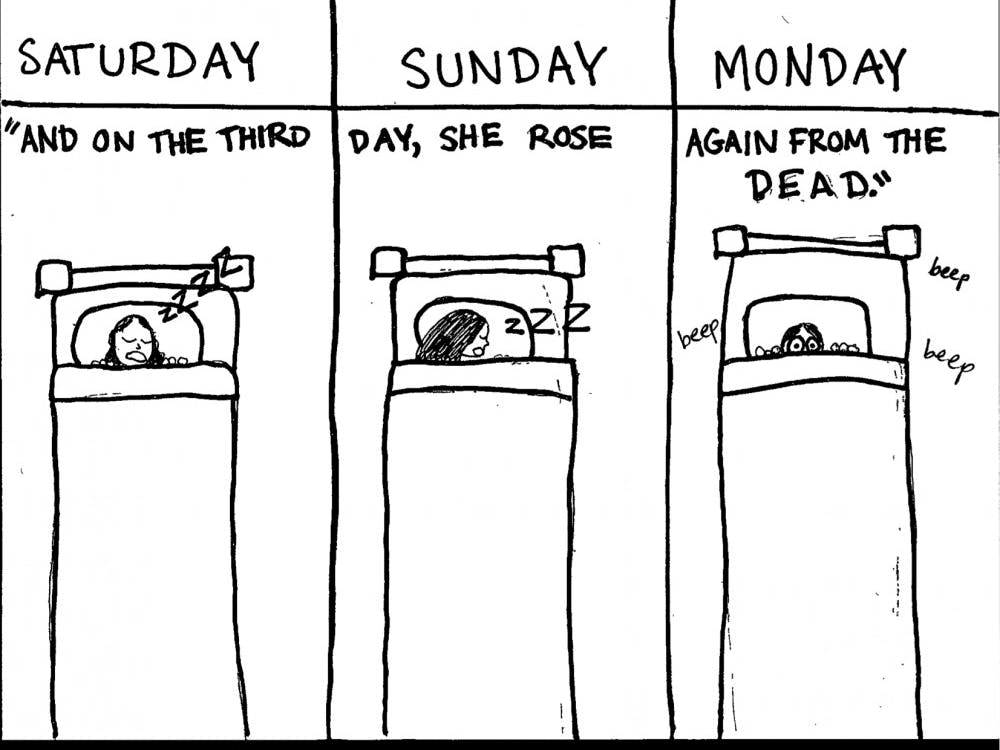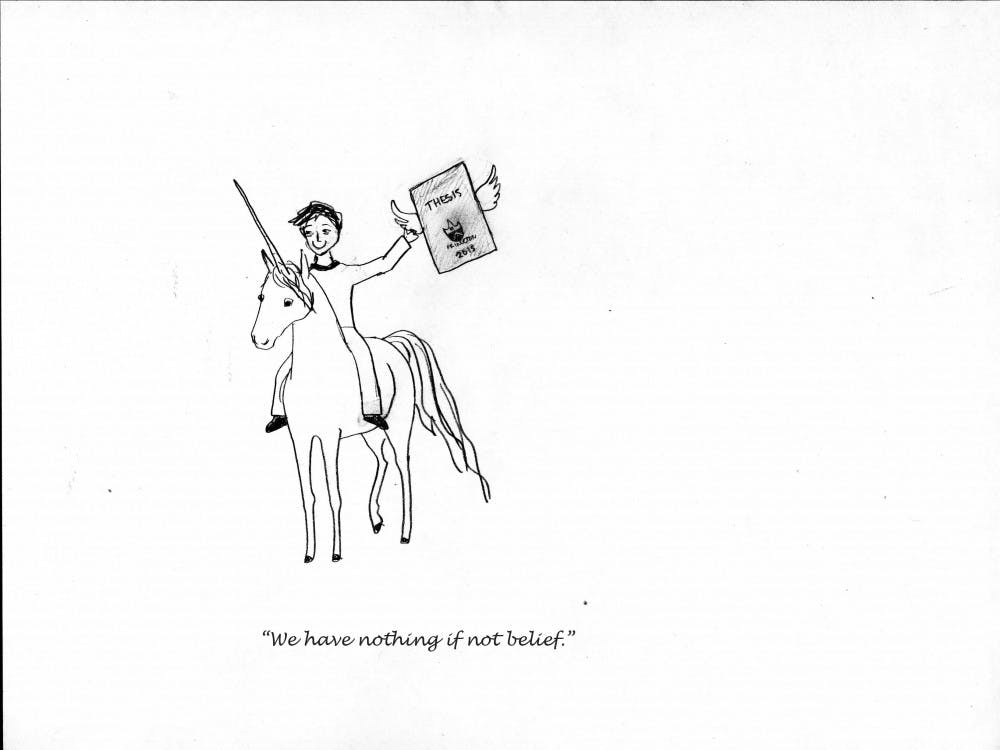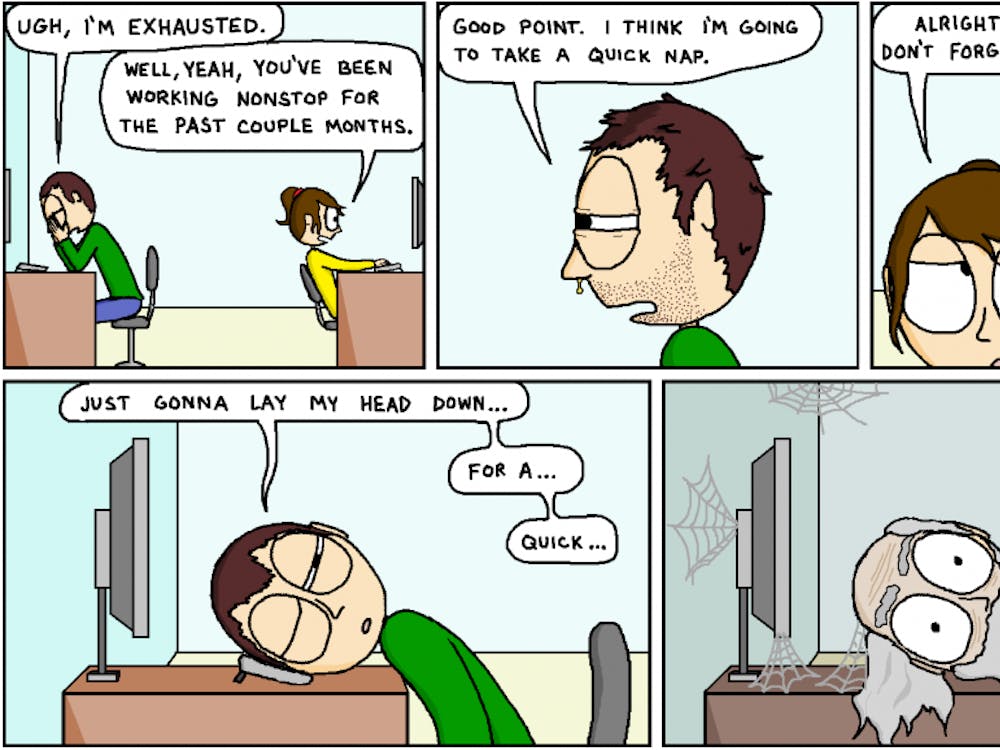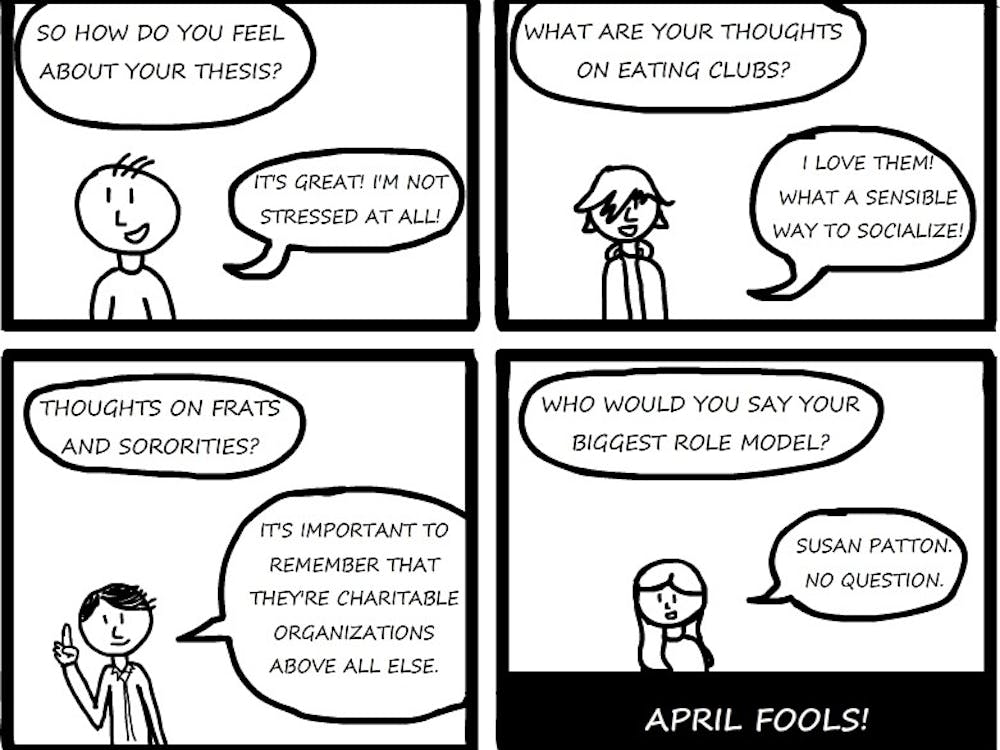Ending the heart of darkness
Nicholas WuThe Urban Congo group is offensive, distasteful and morally reprehensible. Kudos goes to Achille Tenkiang ’17, who was able to preserve the video of its performance on YouTube before the group hastily removed it.









